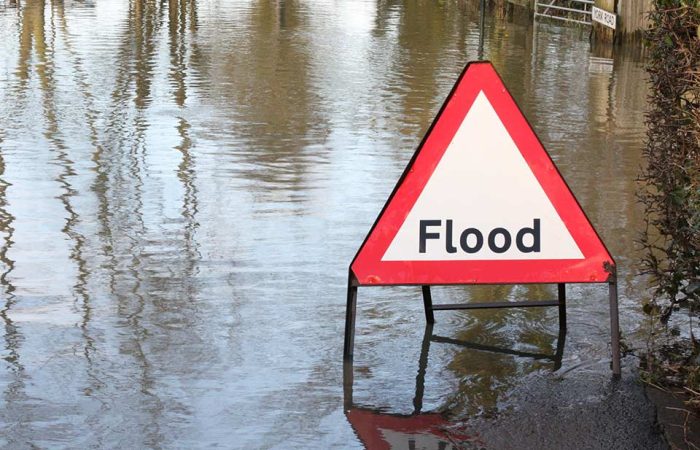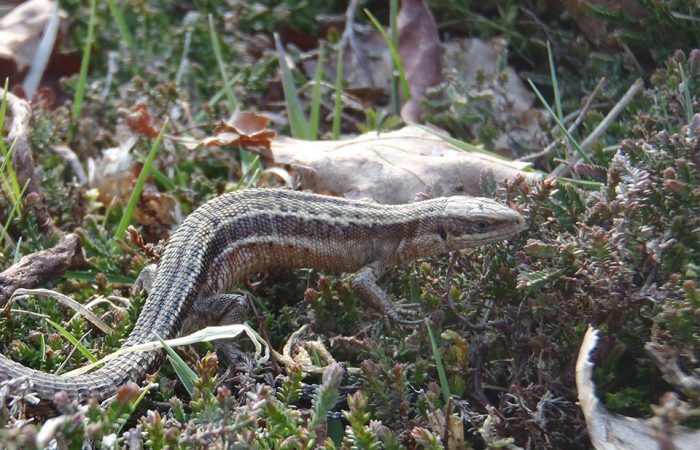The UK’s six native reptile species are protected by law, making them a critical consideration for any development project. Lucion’s team of licensed ecologists provide comprehensive reptile surveys, assessments, and mitigation strategies to help you navigate the planning process and avoid costly delays or penalties.
The six native reptile species found in the UK – adder, common lizard, grass snake, slow worm, sand lizard, and smooth snake – are all afforded legal protection under the Wildlife and Countryside Act 1981 and the Conservation of Habitats and Species Regulations 2017. This makes it an offence to deliberately kill, injure or disturb these animals, or to damage or destroy their habitats.
With reptile populations in decline due to factors like habitat loss and fragmentation, the presence of these protected species on your development site can present a significant challenge. To ensure your project remains compliant with the relevant legislation, our team of licensed ecologists have the expertise and experience to guide you through every stage of the reptile survey and assessment process.
The reptile survey process typically involves two key stages:
Scoping & Phase 1 Reptile Survey
Our ecologists will conduct a thorough walkover of your site, assessing the suitability of the habitats present to support reptiles. This initial review allows us to determine if further, more detailed surveys are required.
Phase 2 Reptile Surveys
If the Phase 1 survey identifies potential reptile presence, we’ll undertake a series of visits between April and September to search for reptiles under artificial refugia and record any sightings. These more intensive surveys provide the robust data needed to inform your mitigation strategy.
Lucion’s licensed ecologists have an unparalleled track record of securing the necessary permits and approvals, even on the most complex development sites. We’ll work closely with you and the local planning authority to design and implement tailored mitigation measures, ensuring your project remains compliant while protecting these vulnerable species.
From creating new reptile habitats and installing sensitive fencing to carefully relocating any individuals found, our comprehensive solutions leave no stone unturned. And we’ll be with you every step of the way, providing the guidance and support you need to keep your project moving forward.




































